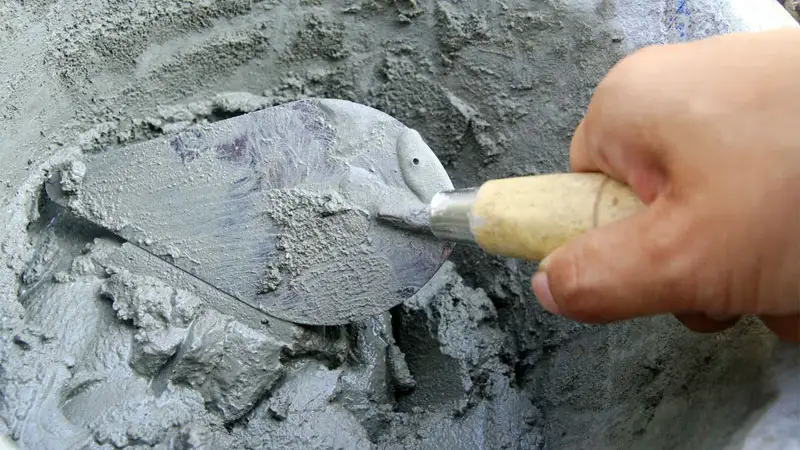Surprisingly, cement has plenty of applications. Aside from building bridges, roads, driveways, houses, and sky scrapers, cement has other uses not many of us know of.
With this much versatility, it is not surprising to note that there are many different types of cement as well.
Related: 10 Types of Gravel
Types of Cement
1. Rapid Hardening Cement (RHC)
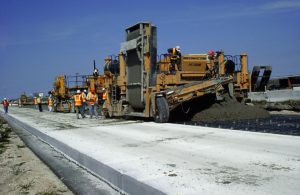
This type of cement has finer graining than ordinary cement. It contains more tri-calcium silicate. In a 24 hour period, the strength of rapid hardening cement is thrice that of ordinary cement, meaning that it gains strength more quickly. This particular attribute makes rapid hardening cement ideal for use in construction of roads and cold weather concreting.
Factories that make pre-fabricated concrete prefer to use RHC because it dries quickly. For the factory, this means that the sooner the concrete is off the mold, the sooner they can re-use the mold. In short, they result in higher production rates.
Read Also: 12 Different Types of Curbs
2. Quick Settling Cement (QSC)
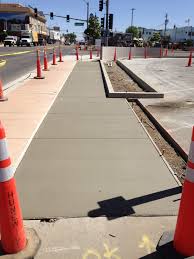
QSC contains a small amount of aluminum sulfate. This is the chemical agent that allows quick settling cement to rapidly settle within ten to fifteen minutes. Through grinding, the element of gypsum is slightly reduced.
Because of this property, QSC can be molded into place. As such, it is most often used when patching up broken concrete edges and concrete applications in still or running waters. Basically, quick settling cement is used in jobs where cement needs to settle quickly.
3. Low Heat Cement (LHC)
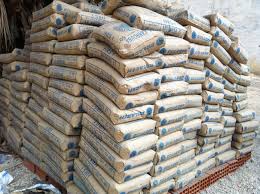
The opposite of rapid hardening cement, low heat cement is manufactured by reducing quantities of tri-calcium silicate. When finally dry, the strength of low heat cement is very high, high resistance to corrosion from sulfate, and highly rupture resistant.
This type of cement is ideally used in the construction of gravity dams, sea walls and river banks.
4. Sulfate Resisting Cement (SRC)
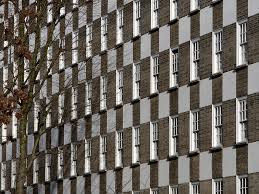
Cements that are not resistant to sulfate suffer a disruption in the setting of concrete. This happens when sulfates react with calcium hydroxide and calcium ferro aluminate, the later two being ordinary properties of concrete.
When this interaction happens, the concrete expands. To create cement that can resist sulfates, tri-calcium aluminate is kept below 5% content, while calcium ferro aluminate content is also reduced.
Because of its resistance to sulfates, sulfate resisting cement is used for marine based construction, chemical plant utilities, sewage, and places where high sulfate content is present in the environment.
5. Blast Furnace Slag Cement (BFSC)
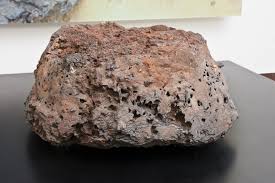
BFSC has similar properties to Portland cement. It is created by grinding 60% slag with the clinkers. Blast furnace slag cement gains strength slower than ordinary Portland cement (OPC). But when all the concrete has settled, BFSC has a higher strength than OPC.
Blast furnace slag cement is used in mass concrete construction and also used in sulfate abundant areas.
See Also: 28 Types of Furnaces
6. High Alumina Cement (HAC)
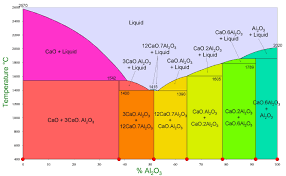
To create high alumina cement, certain quantities of lime and bauxite are added to the mix. This process is performed when the mixture is being ground in the clinker. This type of cement hardens faster than even rapid hardening cement.
High alumina cement begins to settle at 3.5 hours and should complete the settling process in 5 hours. This mixture is used where temperatures are very high, very low, below freezing, and environments where acidic corrosion is a problem.
7. Colored Cement
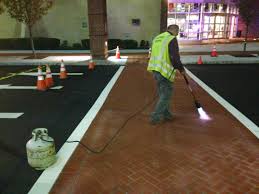
The process of creating colored cement occurs during the mixing of materials. For making colored cement, the desired color pigmentation is added. The pigments used for coloring concrete should not chemically react with other components of the concrete mix.
Furthermore, the pigmentation should be lime proof. Like white cement, colored cement is more expensive.
8. Pozzolanic Cement
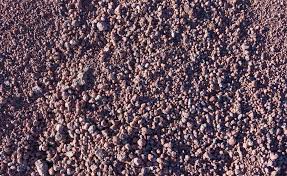
Pozzolanic cement is a mix of ordinary Portland cement (OPC) and volcanic ash, pumice, fly ash, or lime. The mix of material added is usually ten to twenty five percent pozzolanic material determined by weight. The pozzolanic content causes this type of cement to harden with water.
Pozzolanic cement also has more resistance to corrosion. These properties make pozzolanic cement ideal for use in dam construction and piers for bridges. An artificial type of pozzolanic cement is made with slag cement.
9. Air Entraining Cement
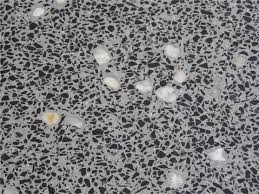
During grinding in the clinker, air entraining substances such as sodium sulfates, resins, and glues, are added into the mixture to produce air entraining cement. The end result is concrete with miniscule bubbles or pockets of air.
These pockets of air help the concrete cope with water during winter and the expansion and contraction of the concrete itself. Air entraining cement is also very useful to help in mitigating the effects of rust on reinforcement bars.
When a bar grows rusty, it expands. This will produce cracks in the concrete.
10. Hydrographic Cement
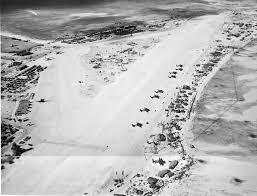
Hydrographic cement is a form of cement that has high resistance to water. The process for manufacturing hydrographic cement involves the addition of chemicals that repel water. Of course, the chemical reactions with the cement materials are taken into account as well.
This type of cement is very strong and has many uses.
11. Gray Ordinary Portland Cement (OPC)
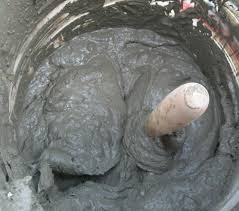
OPC is greyish in color. Among all cement in the world, OPC is the most common and most utilized. It is the most basic of cements, after all.
Portland cement is made up of shale, marl, clay, limestone, and chalk. Shales and clay are argillaceous materials while the rest are calcium carbonates. The basic mixture is one argillaceous material to two parts calcium carbonates.
Read Also: Types of Forklifts
12. White Portland Cement
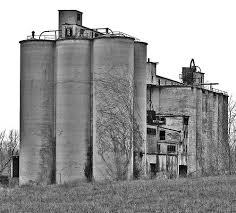
White cement is similar in properties to ordinary Portland cement (OPC). The only obvious difference is that white cement is whitish in color while OPC is grayish. There is a slight tweak in the manufacture of white cement that makes it white. This slight tweak makes white cement more expensive than OPC.
Basically, the presence of titanium, vanadium, nickel, copper, iron, manganese, and chromium are significantly reduced. With white cement being more expensive, it is mostly used for decorative purposes such as landscaping.
13. Masonry Cement (Mortar)
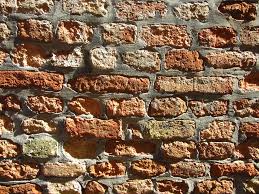
Mortar is the term used to define the substance used to bind masonry together. Another binder used in masonry is grout. Masonry is the act of putting together masonry material with the use of mortar.
Masonry is also a universal descriptive for the materials itself. These include bricks, concrete slabs, sculptures, up to and including facades and statues.
14. Oil Well Cement
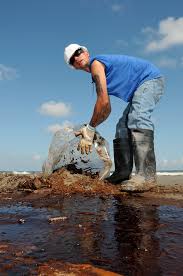
This is a type of cement used for concrete works in oil wells and drills. Oil well cement is resistant to very high temperatures and high pressures. The basis for this type of cement is either pozzolanic cement or ordinary Portland cement.
From this base ingredient, organic retardants are added to prevent or delay the settling of cement.
15. Blended Cement
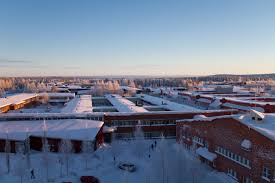
Is a form of cement that uses ordinary Portland cement as its base. From there, the combinations of a number of types of cement can be mixed together.
Some of the more frequently seen types of blended cement are pozzolanic cement and Portland cement, blast furnace slag cement (BFSC) and Portland cement, BFSC and hydrated lime, and Portland cement, BFSC, and pozzolanic cement.
Conclusion
Cement has been a very successful part of construction for a longer time than any of us can imagine. There are no historical records that give concrete evidence as to when and where cement originated.
However, the ancient Greeks and Romans used cement for construction. At that time period, they already had many different types of cement in use. They even used pozzolanic type cement.

